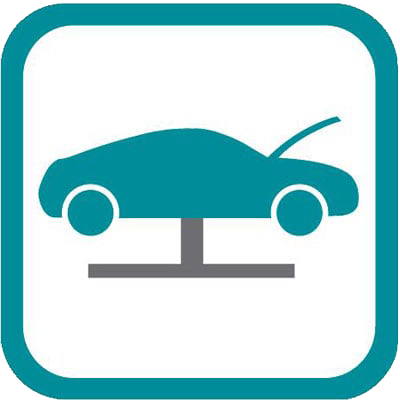Are Your Tires Ready For Winter?
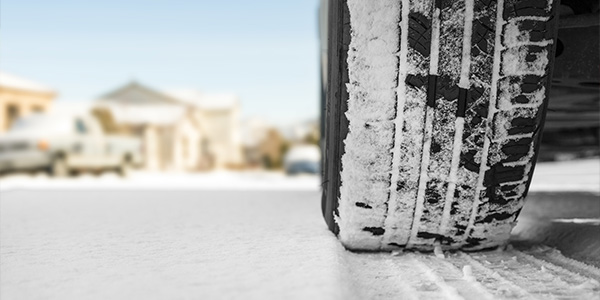
With the winter season upon us, it is inevitable we will soon be dealing with colder temperatures, snow, and ice. Properly maintained tires are vital…
Should your College Student Take their Car to School?
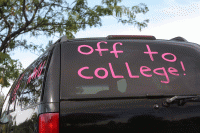
Back to school can be a time of big decisions for parents and students. One of the most difficult is whether or not to take a car away to college. Consider the following when making this decision: • Responsible use – Has your child done his or her part in taking care of their vehicle […]
Get Summer Road Ready

Are you ready for the Summer? Let the ASE Certified Techs at Car-X Tire & Auto make sure your vehicle is safe & road ready! Get vacation ready w/ the following tips: Battery– Have your battery checked along with the charging system. Most people feel that the cold is tough on a vehicle’s battery, but it is […]
What to Keep in Your Car at All Times
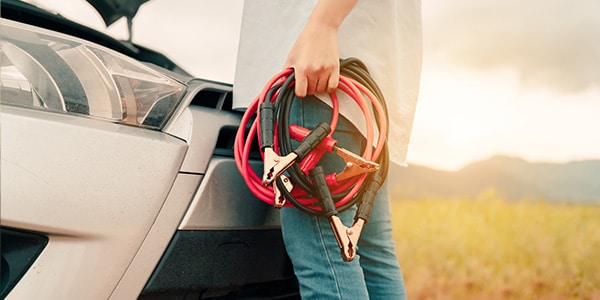
Ask yourself this: If you were stuck with a flat tire, a dead battery, an empty gas tank, a blown gasket or any number…
Avoid Getting Stranded!
What to do if… …Your car won’t start There are several possible reasons your car may not start, such as corroded cables or a light left on. • If your car makes a clicking noise when you turn your key in the ignition – This type of sound usually indicates a dead battery. Have the […]
Tire Season Has Begun
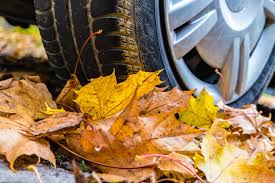
October is Tire Month at Car-X! Why? It is the best time of year to pay attention to your tires and make sure they are ready for the coming winter months. The importance of tire maintenance cannot be underestimated – they are your vehicle’s only contact with the road. • Have your tires inspected for […]
“Rattle Rattle Thunder Clatter” – Sounds Your Car Is Making and What to Do About Them
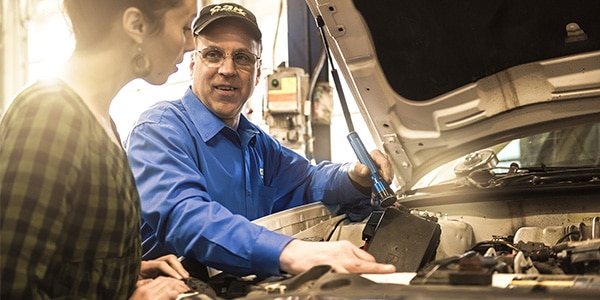
Most of us have experienced a curious sound coming from our vehicle. It is always a little nerve-racking, as some sounds can be indicators…
Holiday Driving Safety

Due to the excessive number of travelers driving during the holiday season, it is important to remember the following to avoid any possible trouble on the road. • Plan ahead – Plan time preceding your trip to assure your car is tuned up and ready for travel. Plan the route you will take, and leave […]
Let us know how we’re doing

Hearing about the experiences of our customers is something we value. Reviews and feedback are important to us because they help us tailor the way…
Best Type of Oil for Your Car? Synthetic Oil or Conventional Oil?
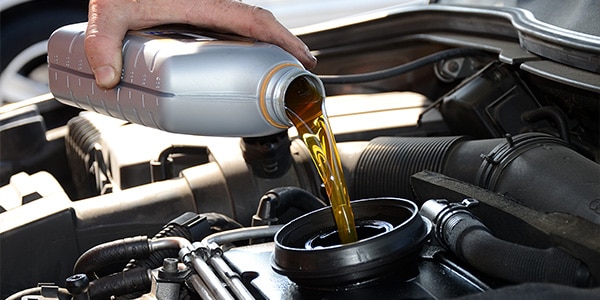
No doubt at some point in time you may have heard the ongoing debate about which type of motor oil is best for your motor…


